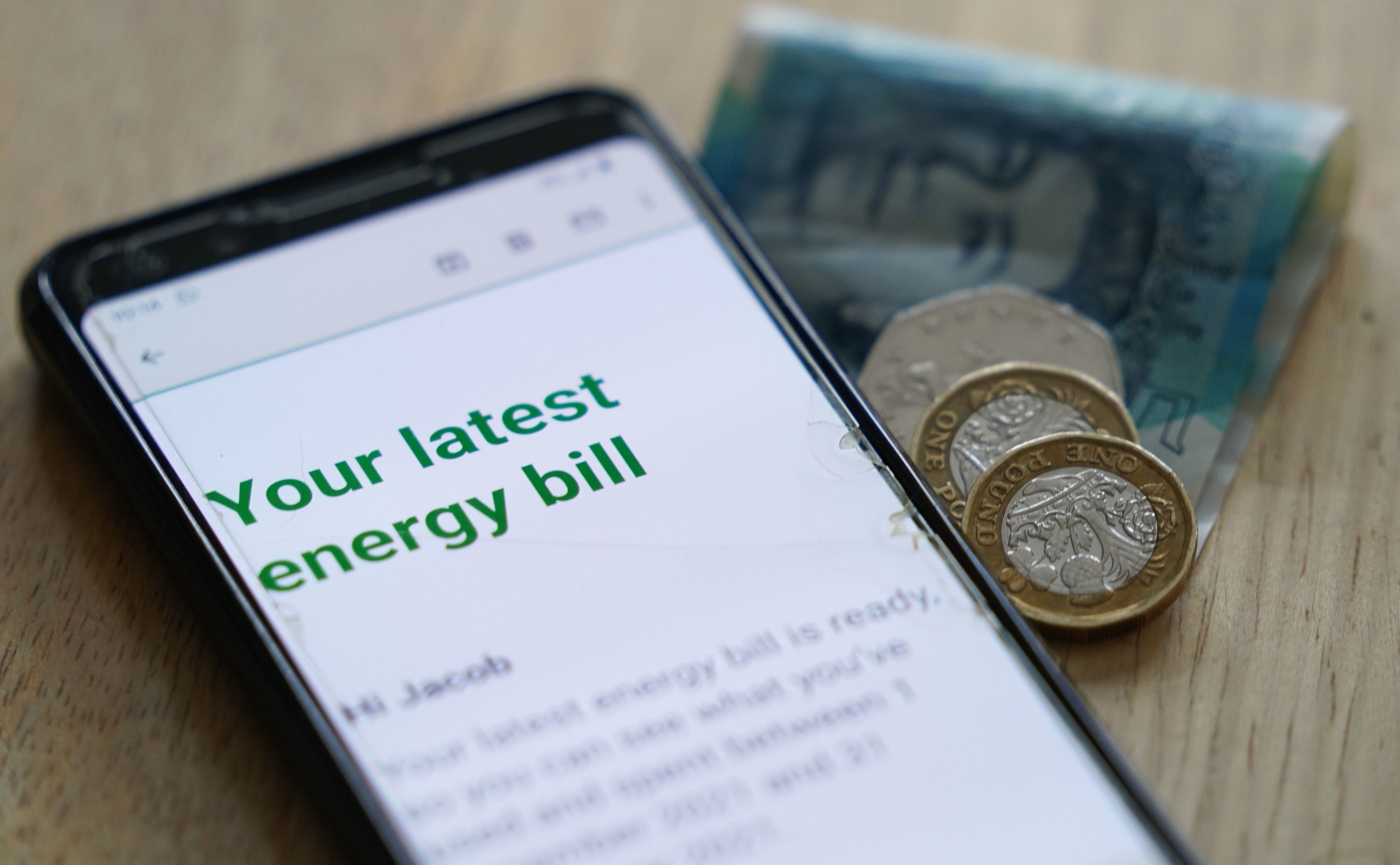Ofgem considers new price cap based on time energy is used to reduce household bills
The energy watchdog has launched a consultation as it said the price cap may need updating to reflect the changing market
Ofgem’s energy price cap could be replaced with a new system measuring the time of day energy is used and factored by a customer’s “vulnerability”, it has been announced.
The watchdog has launched a consultation on updating the price cap, which is the maximum amount energy suppliers can charge for each unit of energy for households on a standard variable tariff.
Ideas put forward include a “time-of-use” rate to introducing a targeted cap that could be based on factors such as vulnerability, and protections such as capping the profit margin for suppliers.
Ofgem is asking charities, consumer groups and billpayers for their views on the future alternatives.
The body said the cap, introduced in 2019, could become outdated as more people signed up to tariffs rewarding the change of time of their energy consumption.

This, it said, could make it harder to retain a universal price cap that was suitable for everyone.
Ofgem’s director general of retail and markets, Tim Jarvis, said: “While the price cap played an important role in protecting consumers from the loyalty penalty that existed before its introduction, the energy market is changing as we move to net zero, and we recognise the systems we have in place may need to change too.
“We’re looking in detail at the elements of the price cap that have worked well and the challenges we’ve identified in recent years, while also considering how a wide range of future consumers will use and pay for energy to make sure we develop the right measures that will protect and benefit consumers across the board.”
Ofgem’s price cap changes every three months to ensure bills accurately reflected the cost of energy. In April, it fell to its lowest level in more than two years, with a £238 drop for the average dual-fuel household.
Rather than the maximum amount a customer is charged in a year, it is an indication of the average amount households can expected to pay if their energy consumption is “typical”.
The system has faced criticism.
Critics say better savings can be found by switching provider rather than relying on falls in the cap, and that it hurts competition by not providing an incentive for better tariffs.
A change in energy price depending on the time of day, plus capping the profit margin supplies are able to make and targeting the cap based on a customer’s vulnerability are being put forward now as possible solutions.
Simon Virley, head of energy and natural resources at KPMG UK, said: “The price cap was introduced five years ago as a temporary measure to protect ‘sticky’ customers, while the energy market was reformed.
“In the intervening years the price cap has worked in saving customers money, especially in recent years where we have seen unprecedented price rises.
“However, our recent research has shown that this has come at a price, with effective competition and innovation in the market suffering and switching levels falling off a cliff.”
Richard Neudegg, director of regulation at Uswitch.com, said: “We support Ofgem’s view that the price cap needs reform, given it has proved to have significant limitations.”
Join our commenting forum
Join thought-provoking conversations, follow other Independent readers and see their replies
Comments